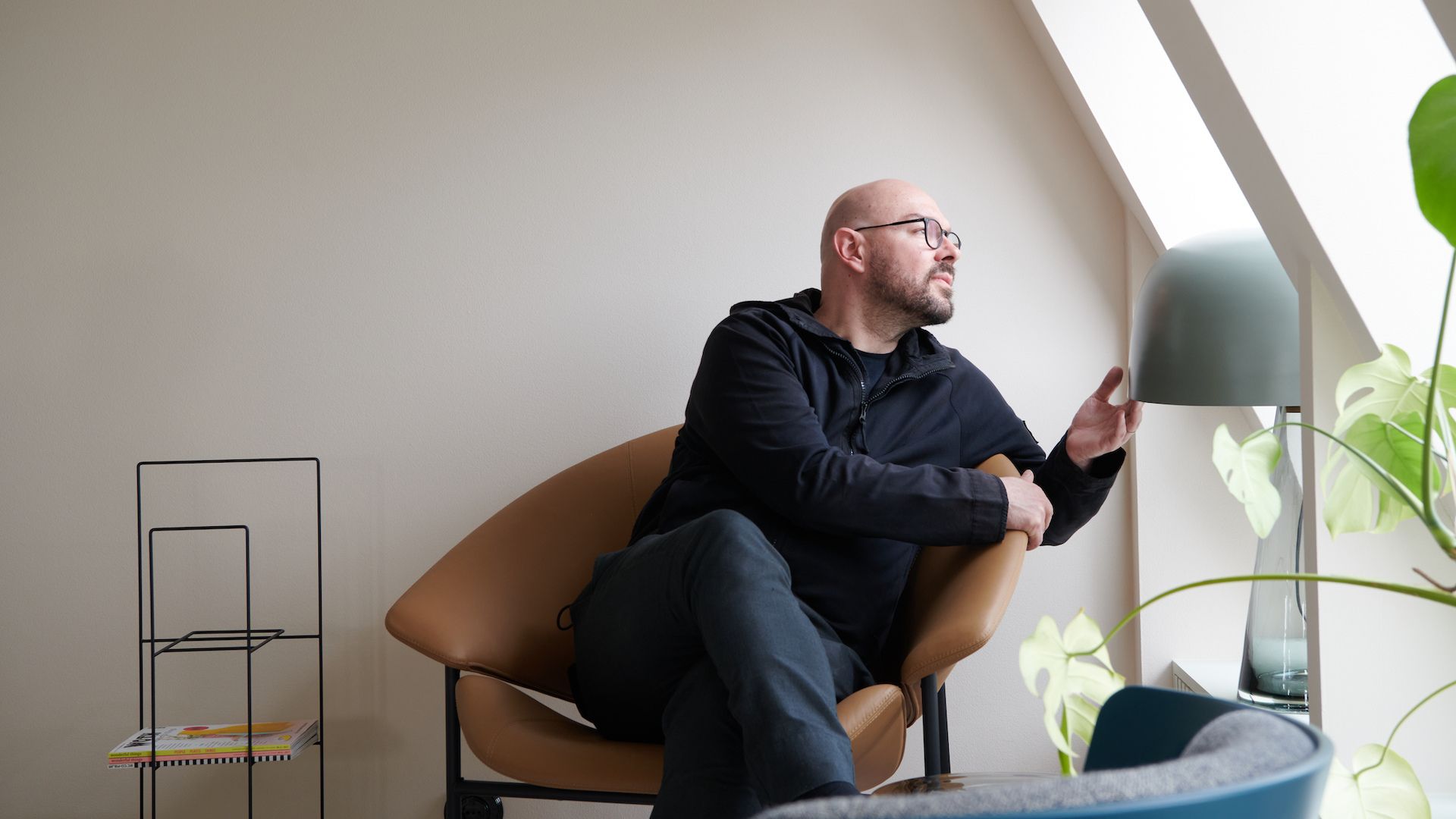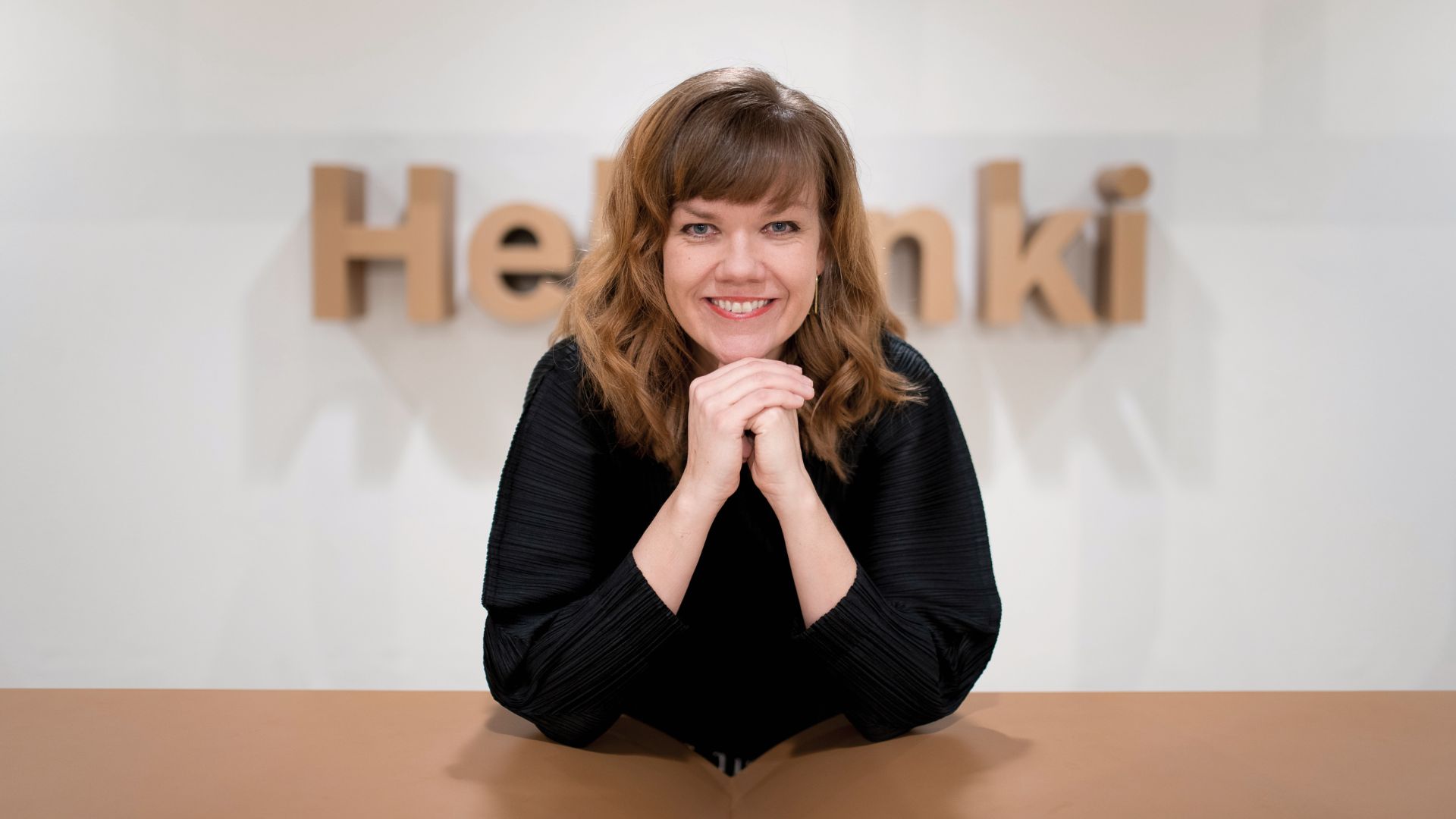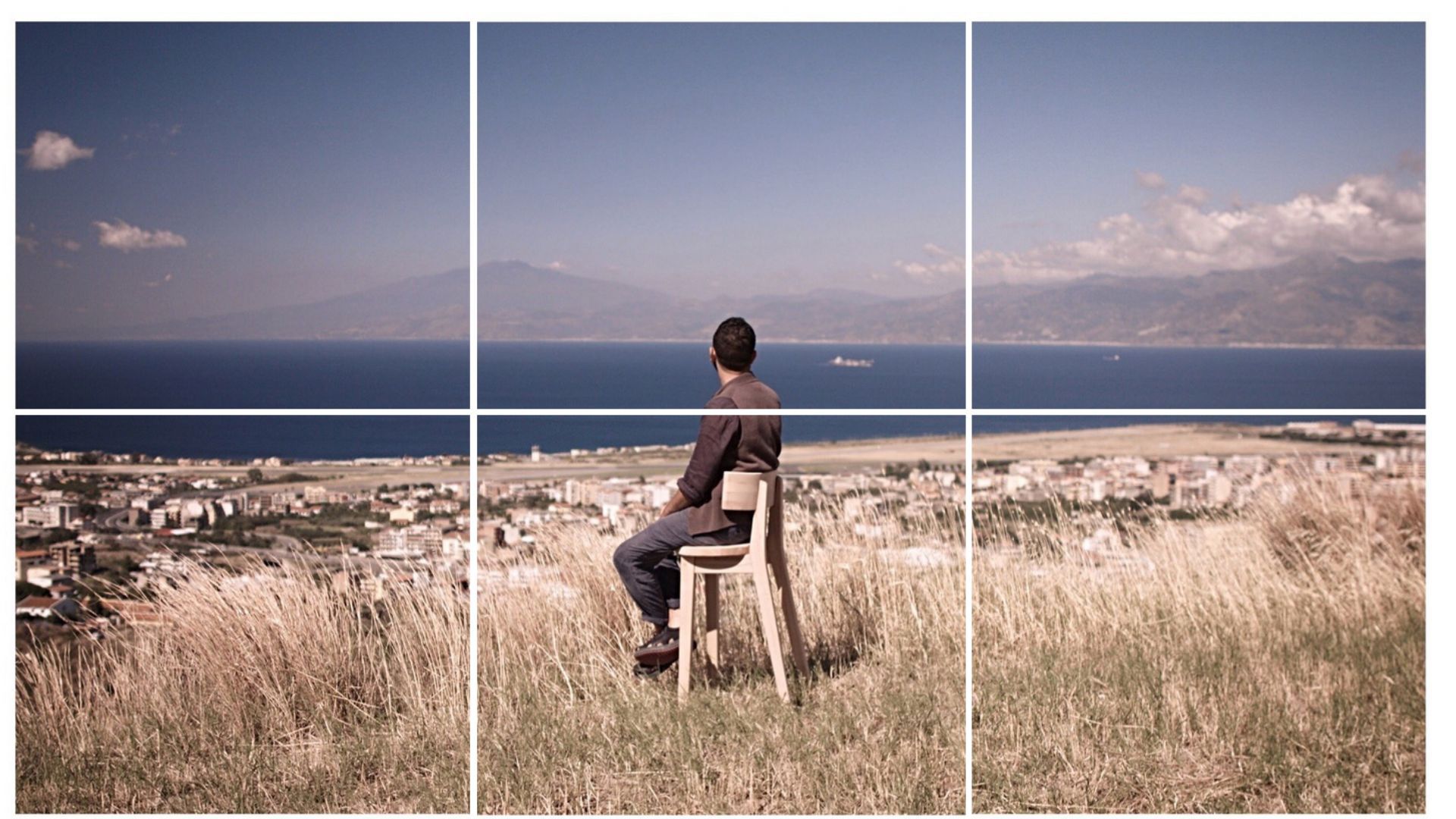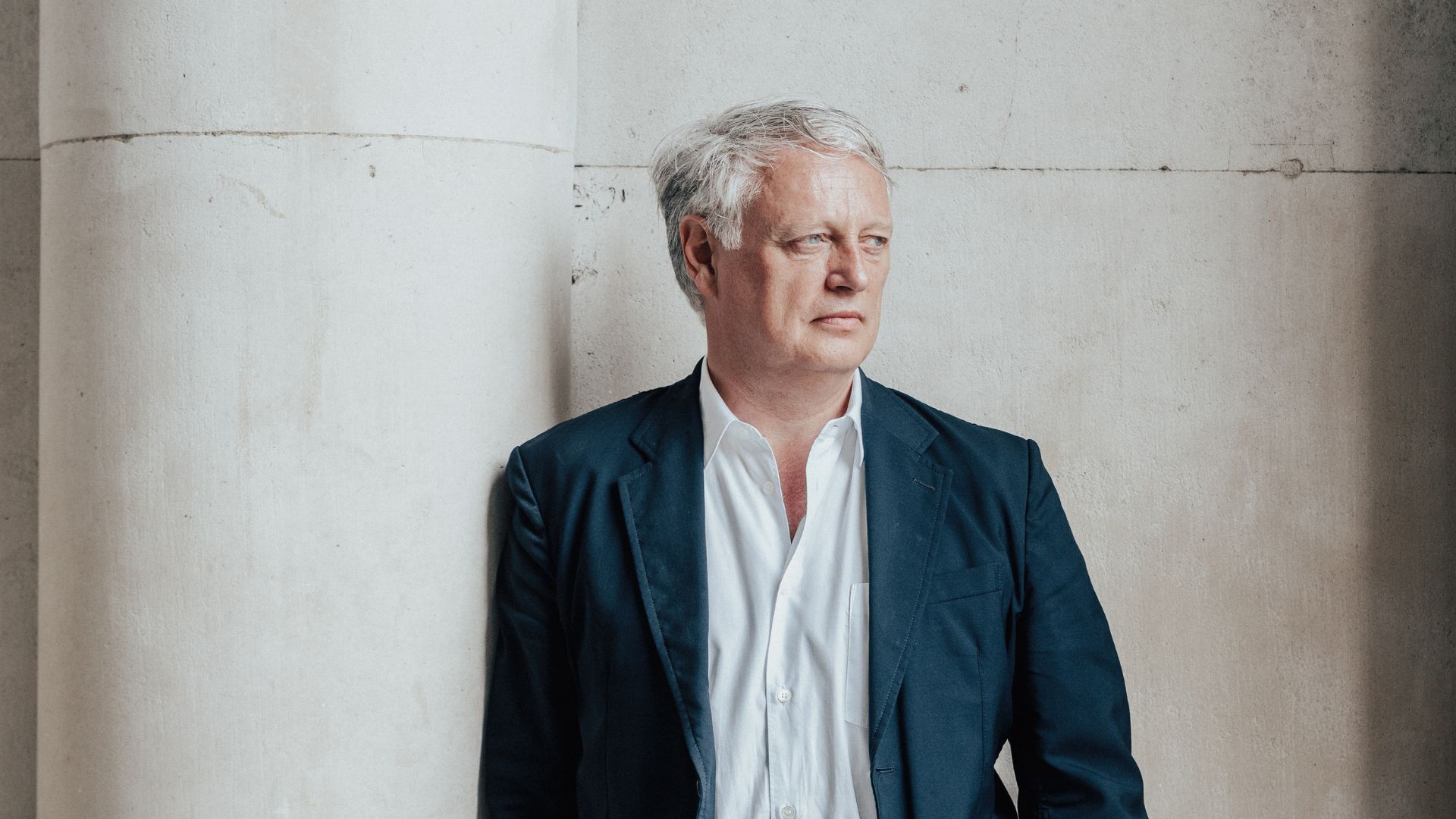Designing cars from inside out: how interior car design is setting the pace

Remember the flying vehicles of sci-fi movies in the Eighties? Smooth forms, vibrant colors and aerodynamic shapes.
Brace, because that’s exactly where we are heading in automotive design.
Cars will not fly, but they will be driven by AI and will have fully electric engines.
What does all this mean for car design?
First of all from a practical perspective there is no logical reason why an autonomous car (with an electric engine) should look like one of today’s cars.
Secondly, it will almost naturally occur that a lot more attention will be put on the interiors (for the simple reason that we will be able to carry out there more activities than just driving).
We talked about this with Annamaria Palmigiano who, after working as Design Manager in Audi for 9 years now heads as Director the Interior Design at BYD Auto in Shenzhen, China.
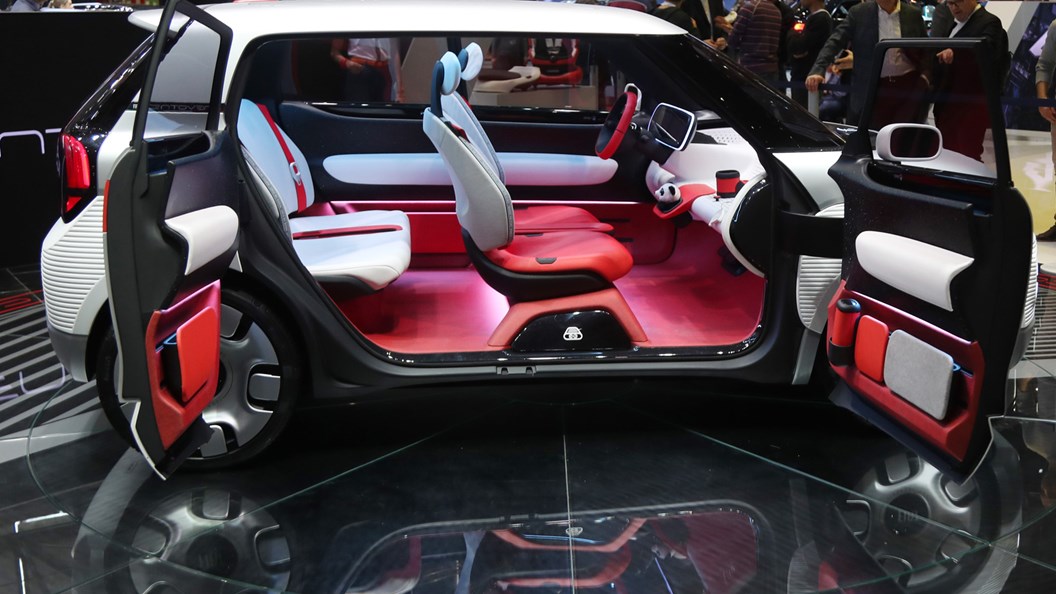
What does the arrival of AI in driving mean for car design?
Annamaria Palmigiano:
“It brings a complete change in perspective.
The car will be designed from the inside out
exactly the opposite of the ordinary approach and the passenger compartment will be the main volume. This means that a lot more focus will be put in interior car design than ever before”.
What are big changes that car designers are already facing?
Annamaria Palmigiano:
“Knowing that autonomous cars are just around the corner, we have already started to work a bit like psychologists, addressing fears and managing excitement around this topic.
Autonomous driving is based, so to speak, on a “leap of faith” and even if the technology is already fully reliable, the psychological factor must be carefully considered.
The interior design of an autonomous car must therefore create a comfortable and reassuring environment
to defuse any possible psychological resistance.
It’s an approach that we are progressively following also for traditional cars today”.
In practical terms, how will autonomous cars differ from traditional ones?
Annamaria Palmigiano:
“In order not to offer a claustrophobic environment, interiors will have a more generous dimensions. We can obtain that by substantially reducing the volume of the bonnet which can serve as a luggage rack, since the electric motor is placed under the floor.

The cockpit space will be maximized with particular attention to the design of the seats and their arrangement.
An interesting travel experience will be ensured by greater internal and external connectivity. Technology and infotainment will be widely present, discreetly called up on demand.
Interior colors and materials will tend to recreate relaxing and comfortable environments such as a living room or a lounge,
depending on the character and intended use of the car.
How do you go about designing a car interior today?
Annamaria Palmigiano:
“The greater focus on interiors is already a reality. Indeed, we already start from the experience of being inside the car that must be designed, planned and executed with great accuracy from every aesthetic and functional point of view.
It is not connected exclusively to the digital world and to the increasingly present screens, but it is also a matter of materials, colors, comfort and functions”.

What are the characteristics of the in-car design experience?
Annamaria Palmigiano:
“The experience is modulated on the typology of the vehicle. Sporty, elegant, for family or institutional use, in an urban or off-road frame, for short or long journeys.
Considering the type of vehicle and audience we are talking about, we built an interactive experience focusing on user perception and considering several factors: a sensorial, cultural, psychological side along with a more individual and emotional area. This mean:
- sensorial side: focusing on sight, touch, hearing and smell
- cultural side: focusing on the meaning of colors
- psychologica sidel: inherent to tactile experience and possible sensory synesthesias.
We verify our designs and if during this process we realize that the project gets in contact with the emotional sphere by creating an engaging experience, the UX has achieved its aim.
Our purpose is that all the senses are stimulated, starting from the very first visual contact with the car body.
Inside, the design aims to reassure the occupants and to make them feel good and at ease, whether they are driving or simply staying in the car”.

How do you start the design of a new car?
Annamaria Palmigiano:
“Even before the project kick-off, a team composed of diverse professionals meets: engineers, marketing managers, designers, project managers, etc.
- The contents of the car are defined at this point on the basis of the budget, target and mission.
- Each department analyzes the competitors and specific professional areas benchmarks in order to discuss and negotiate the most advantageous conditions with the other departments.
- Once the premises are defined, the project begins. Its duration varies from approximately two to four years, from the first sketch to effective product.
- The brief is defined by the design strategy and trend analysis in all areas: product, fashion, architecture… Trend analysis are usually trusted to external agencies and suppliers, especially for colors and materials.
From the generic “family SUV for an urban environment” we define the user’s functional and formal expectation, according to the budget and to the brand identity”.

What are the characteristics of good in-car interfaces? And what should it never have?
Annamaria Palmigiano:
“The interface must be primarily intuitive and user-friendly so that while driving in any conditions it does not require too much attention.
The user must never feel “lost” in the labyrinth of sub-menus.
The ideal interface is easy as a physical one and of course is important to avoid too many distracting visual stimuli”.

What are the major themes of car design today compared to even just ten years ago?
Annamaria Palmigiano:
“We are experiencing a turning point.
The transition from combustion engines to electric motors and the imminent advent of autonomous driving have led to a complete change of conceptual and technical perspective.
Furthermore, technological transformation is associated with a growing sense of ethical responsibility for the environment.

Electrification, autonomous driving and environmental sustainability are in fact the main issues that car design and the automotive sector are currently dealing with”.
How serious are car buyers about sustainability?
Annamaria Palmigiano:
“Sustainability and social awareness varies a lot dependending on the country’s different values.
Northern Europe, for example, is very sensitive to environmental issues and has been educated about life cycle’s issues for a longer time.
This has helped to create a collective environmental awareness, which then led to the development and adoption of recycling technologies and sustainable production.
Design tends to promote upcycling and the use of sustainable materials, but marketing still makes an accurate analysis of consumer behavior in each specific market”.

Do you mean there are marketing biases when it comes to sustainability?
Annamaria Palmigiano:
“It happens because
marketing and design work for the same product with complementary perspectives: design is projected towards the future and marketing is linked to current market analyses.
An example is the adoption of synthetic or bio-based “vegan” leather in luxury cars promoted by design, indistinguishable from non-animal-based products, with sometimes a higher performance.
A choice which is not always supported by marketing departments, as leather of animal origin is still considered of higher prestige”.
Is there a place in car design for someone who has always designed furniture or interiors?
Annamaria Palmigiano:
“Why not? However, car design has more safety regulations and ergonomic restrictions than furniture design. Materials and colors are also an issue: there is less choice, therefore a lessened creativity option”.




